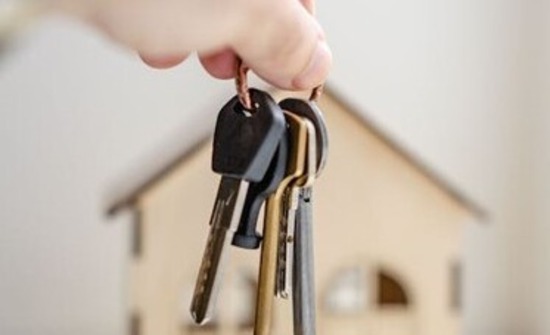
08 Sep, 2023/ by Homeward Legal /Buyer, Sale & Purchase, Seller
It's exciting, isn't it?
You've found the place you really want to buy - and, what's more, you've identified a suitable buyer for your current home. Everything's set for you to move, once you've got past the point of exchanging contracts. Or is that completion?
For quite a few people, there is some confusion as to what these two quite distinct stages are and what they signify to the whole house-buying and -selling process.
Exchanging contracts
You've put in your offer, which the seller has agreed to, and/or accepted the offer put in by your buyer. Your appointed conveyancing solicitor has completed the searches and ironed out all the legal glitches to do with the legal ownership of the home you are selling and also the one that you are buying. You've filled in the requisite forms, such as the Property Information and the Fixtures and Fittings forms and all parties are fully lined up to move on to the next stage.
You, and any co-owner with whom you are selling and/or buying the property, will be asked to sign a contract - one for the property you are selling, one for that which you are buying.
The parties you are selling to and buying from will each sign their individual contracts. Upon accomplishment of that process, your conveyancing solicitors in the chain will swap the legal contracts, which is the obviously simple definition of the term ‘exchanging contracts'.
It is at this point that you cannot back out of selling and/or buying the properties named in the contract as the process is a legally binding one.
To renege on this contract in any way will make you liable to possible legal action and financial recompense to the injured parties.
Completion
Typically, the period between contract exchange and completion is one to two weeks.
During this time, your conveyancer will ensure the transfer of ownership is completed and notified to the Land Registry, along with any changes to the deeds (such as any covenants added or removed).
In the meantime, you can organise your removals firm to come on an agreed day (usually the day of completion in most cases) to pack up your current home and take your belongings to your new property.
Completion is the day where monies are exchanged between all parties. Once this is completed satisfactorily - and how long this takes is dependent on the length of the chain involved and therefore how many financial transactions need to be completed.
Once your conveyancer confirmed the conclusion of this process, you can leave the home and drop the keys off at the location for your buyer to pick up (often the estate agent you used to sell the property).
You will also be able to pick up the keys to your new place from the prearranged location (again often the estate agent involved in the sale of the property you are purchasing) and get into the new house.
Is that it?
Yes. Enjoy your new home and emptying all those boxes!
One piece of advice before you leave your old home and when you get into the new place: take readings of all the utilities and send them to the responsible companies so that they have a record of where your final bill in the old property ends, and where the new one starts. It's a straightforward way of ensuring you are only billed for what you've used and will use.
Worried about how much time and effort all of this legal process will take?
That's where Homeward Legal can really help with affordable but quality conveyancing services! They will start work on your planned purchase and/or sale as soon as you agree to the quotation and appoint them to represent you.
Homeward Legal will also provide a quote that will not change - what you are quoted is what you pay for standard conveyancing process.
There are some unforeseen items that might arise during the purchase and/or sale, but the solicitor discusses these and their cost as they come up.
In addition, to protect the homebuyer further, Homeward Legal operates a ‘no completion, no fee' promise, which ensures that, should the purchase or sale not go through as planned to completion status, no payment is required.
Call to get your conveyancing quote started, or to discuss your concerns with your plans to move.
Or you can get a quick quote, using Homeward Legal's easy-to-use quote generator.
